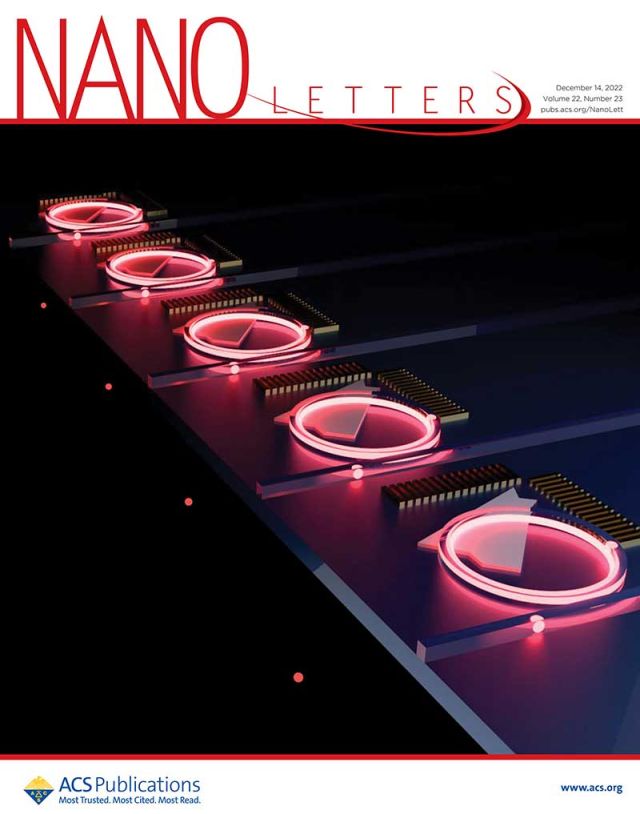Parto & Moody – "Shedding Light on QP"
The world is abuzz about the future of quantum, and researchers everywhere are working overtime to discover the best way to unlock the promised power…

Excerpt from The UCSB Current article “Moody Lab Develops a New Method for On-chip Generation of Single Photon”
”The world is abuzz about the future of quantum, and researchers everywhere are working overtime to discover the best way to unlock the promised power of super-positioned, entangled, tunneling, or otherwise ready-for-quantum-prime-time particles, the ability of which to occur in two states at once could vastly expand power and efficiency in many applications.
In terms of their stage of development, however, quantum devices are "about where the computer was in the 1950s," which it is to say, the very beginning. That's according to Kamyar Parto, a sixth-year PhD student in the lab of UC Santa Barbara electrical and computer engineering assistant professor Galan Moody, an expert in quantum photonics. Parto is the co-lead author of a paper published as the cover article of the November 1 issue of the journal Nano Letters describing a key advance: the development of a kind of on-chip "factory" for producing a steady, fast stream of single photons, essential to enabling photonic-based quantum technologies.
In the early stages of computer development, Parto explains, "Researchers had just made the transistor, and they had ideas for how to make a digital switch, but the platform was kind of weak. Different groups developed different platforms, and eventually, everyone converged on CMOS [complementary metal-oxide semiconductor]. Then, we had the huge explosion around semiconductors."
"Quantum technology is in a similar place — we have the idea and a sense of what we could do with it, and there are many competing platforms, but no clear winner yet," he continues. "You have superconducting qubits, spin qubits in silicon, electrostatic spin qubits, and ion-trap-based quantum computers. Microsoft is trying to do topologically protected qubits, and in the Moody lab, we're working on quantum photonics."
Parto predicts that the winning platform will be a combination of different platforms, given that each is powerful but also has limitations. "For instance, it's very easy to transfer information using quantum photonics, because light likes to move," he says. "A spin qubit, however, makes it easier to store information and do some local 'stuff' on it, but you can't move that data around. So, why don't we try to use photonics to transfer the data from the platform that stores it better, and then transform it again to another format once it's there?”
The UCSB Current “Moody Lab Develops a New Method for On-chip Generation of Single Photon” (full article)